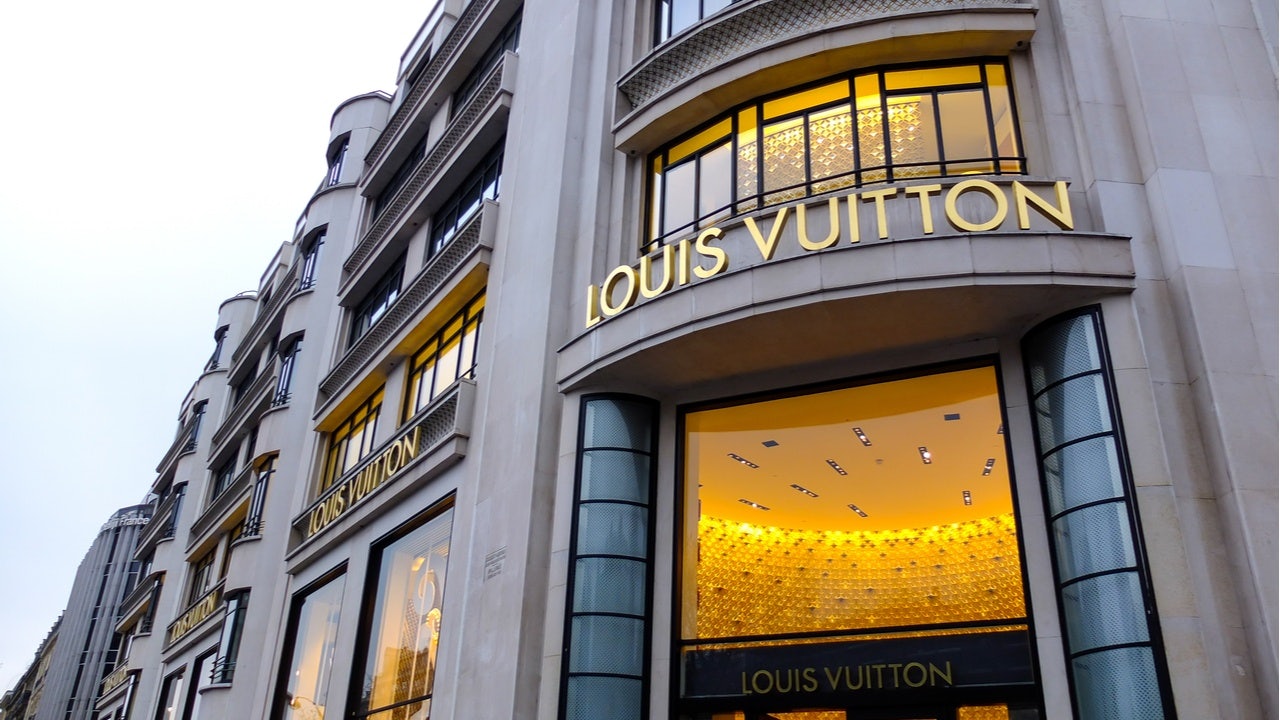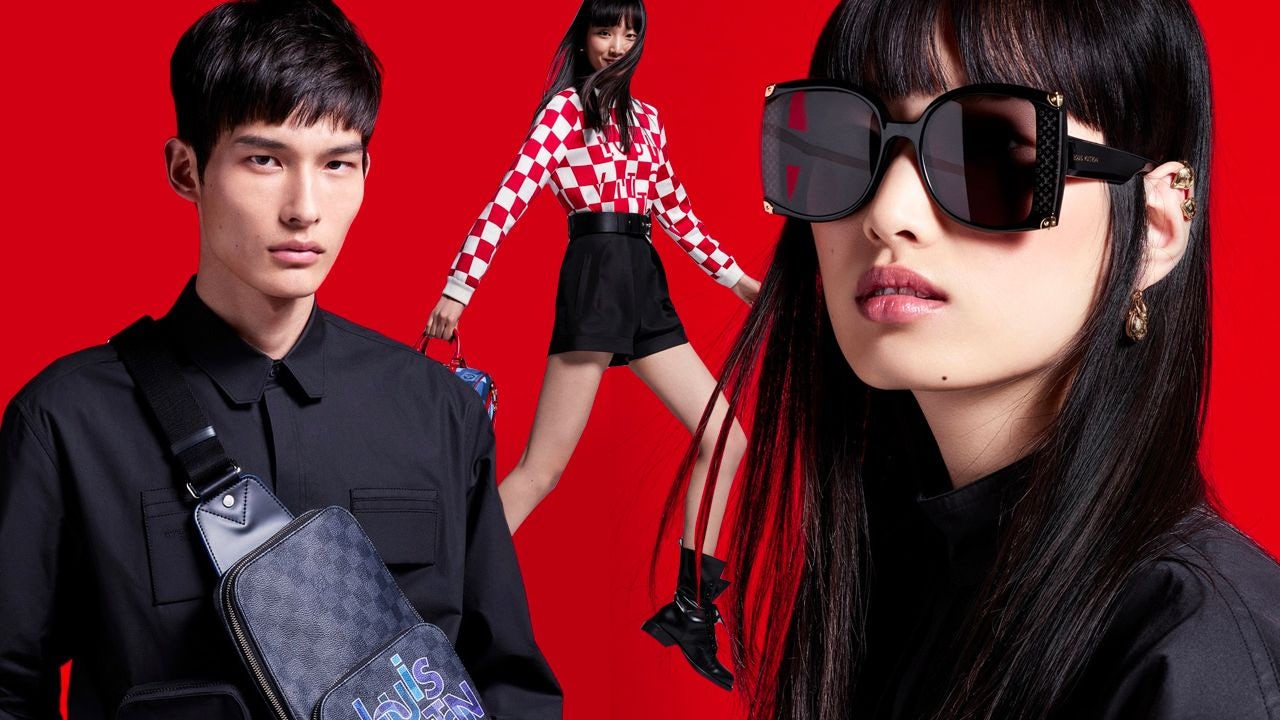Both of the leading luxury groups, LVMH and Kering, released their half-year results last week. In both cases, the numbers were bleak, with revenues and profits falling by double digits.
According to Vogue Business, François-Henri Pinault, the chairman and CEO of Kering, stated, “Our results today underscore the extent of the disruption exacted by the pandemic on our operations.” Kering reported a profit decline of 58 percent year-on-year, and LVMH’s operating profit fell by 68 percent as its operating margin fell to 9 percent, which is exceptionally low for a luxury company.
Yet, these numbers come despite both brands showing dramatic growth in China. LVMH’s fashion and leather goods division grew in the country by 65 percent in Q2, and Kering did 40-percent better there while trending upwards in June. These numbers underscore how the luxury market is going through a tectonic shift, with few markets thriving and many in freefall.
China is outperforming all other regions by far, with an overall second-quarter GDP growth of 3.2 percent, which can be attributed to strong consumer spending after lockdowns ended. Meanwhile, the US and Europe had historically low GDP performances during the same period. The exceptional growth numbers for these two leading luxury groups in China — particularly for their fashion divisions — indicates how luxury fashion and leather goods have become important growth drivers for the Chinese economy, even outperforming the automobile sector (10.2-percent growth) during Q2.
Despite the positive growth in China, the global numbers for LVMH and Kering show that there has been an unprecedented decline in the European and North American markets. Luxury is accelerating a geographical shift toward China that was already underway. Travel retail, a critical revenue source for the luxury industry, has practically come to a standstill, and its recovery may take years. The absence of international travel between the continents has shelved all luxury purchases by Chinese residents in Europe and North America. The return of spending from outside China is part of what led to the market to shift, and this change will have a lasting effect as these consumer habits solidify over time.
But the lockdowns and the collapse of travel retail both have had other serious implications for luxury brands’ revenue and profitability. Many luxury brands had relied on entry-level items (often licensed) such as sunglasses, beauty care products, and perfumes as critical cash flow and profit generators. They had depended on these on-the-go buyers who were traveling for business and pleasure. The pandemic has shown us how fragile these dependencies can be and how quickly these cash flow generators can dry up.
Lastly, many luxury stores and boutiques all over the world remain closed, operate curbside only, or are experiencing significantly less foot traffic. A leading luxury mall operator in Asia told me recently about some new consumer behaviors across Asia. Instead of browsing in stores for hours, consumers now quickly go in and out, minimizing the time they spend in stores to reduce potential virus exposure. This change has led to fewer purchase occasions and fewer items bought per shopping trip. Since most brands are still overly dependent on physical stores, digital growth has yet to compensate for the loss of physical sales. And no one is sure when consumers will feel safe again.
Many of these first half impacts are temporary. I’m still positive about my forecast that the luxury sector will lead market rebounds post-pandemic. However, the shifts that we saw over the first half of 2020 will change the playbook for most luxury brands.
First, luxury brands must now be able to pivot fluidly between the physical and the digital realms. They need to be where the customers are and serve them in a way that provides a consistent brand experience, regardless of the touchpoint. While many brands have much better digital infrastructures now, the ability to operate at the same level across all touchpoints and tell a brand story consistently are major weaknesses that have accelerated many brands' downfalls during this crisis and impacted their chances of rebounding after it. These are the top issues I recommend that brands focus on immediately, and they must play to win. Just being somewhat digital is a waste of resources and a growth opportunity.
Second, luxury brands must reduce their dependencies on travel retail and licensed, entry-level items. In many cases, these licenses will erode brand equity if they aren’t managed properly, even in good times. But in bad times, they become a double negative.
Third, China will continue to outpace all other regions for luxury. I’ve reported in my Future of Luxury columns on Jing Daily that many brands don’t have a comprehensive China strategy, and even more lack the expertise, systems, and tools to be successful in China. A surprisingly high number of luxury brands burn cash in China, only to realize later that they won’t succeed. Success in China requires a meticulous go-to marketing strategy, mastery of local social media and social selling channels, a deep connection with key opinion leaders, and a relevant brand message for the Chinese market. If your brand doesn’t have a luxury value creation system that’s suitable for China, there’s no way to build a profitable and lasting business there. Far too many managers still underestimate how crucial these challenges are in the world’s most important luxury market.
LVMH and Kering are two of the best-managed and most experienced luxury groups, and both are home to some of the most admired leaders, designers, and talents in the luxury industry. Each group has demonstrated that they can manage their brands more successfully over time than most others. Therefore, the signals we've seen in their short-term performances thus far in 2020 are important for the rest of the industry. The disruption of the luxury industry doesn’t just continue — it accelerates. Brands that read to these signals with more precision and can anticipate changes with rigorous action will emerge stronger. Standing still, on the other hand, isn’t an option.
Daniel Langer is CEO of the luxury, lifestyle and consumer brand strategy firm Équité, and the professor of luxury strategy and extreme value creation at Pepperdine University in Malibu, California. He consults some of the leading luxury brands in the world, is the author of several luxury management books, a global keynote speaker, and holds luxury masterclasses in Europe, the USA, and Asia. Follow @drlanger


